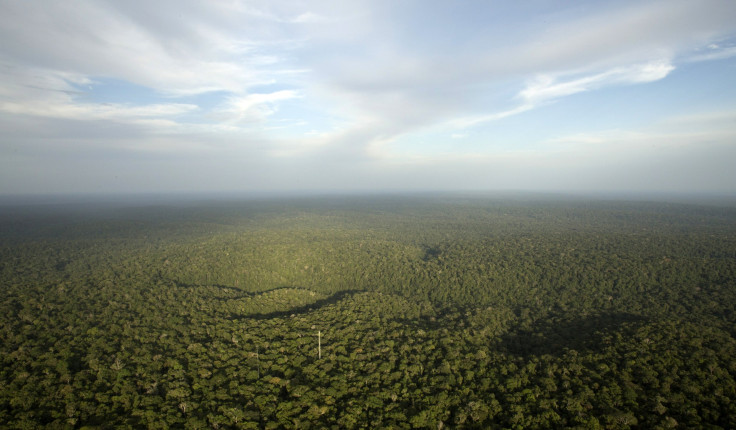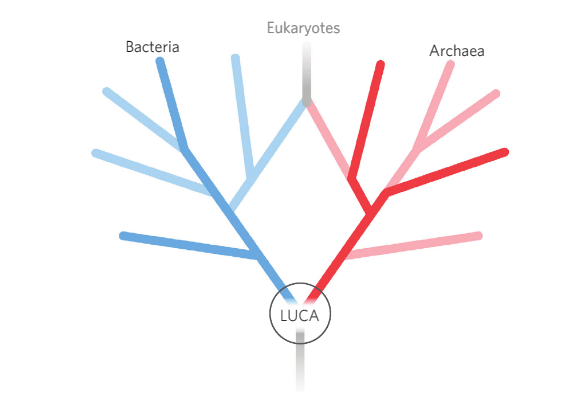LUCA: A 4 Billion-Year-Old Ancestor Of All Living Things On Earth

The planet we live on is home to an estimated 10 million species of living organisms. Hard as it may be to fathom, the immense diversity of life we see around us today — from the bacteria living in the garden soil to the majestic blue whale inhabiting the deep blue seas — all evolved from one single-celled ancestor that lived, and died, billions of years ago.
In a paper published Monday in the journal Nature Microbiology, researchers have described, in unprecedented detail, this Last Universal Common Ancestor, or LUCA, which was only “half alive.” This ancestor — a single-cell, bacterium-like organism — is believed to have existed roughly four billion years ago, when Earth was just over 500 million years old.
LUCA, the researchers say, was the common point of origin for three great domains of life — bacteria, archaea, which are bacteria-like single-cell prokaryotes, and the eukaryotes, a domain that includes all plants and animals.

“We are seeing something for which there was previously no evidence,” co-author William Martin from the Heinrich Heine University in Düsseldorf, Germany, told the Washington Post. “Just by asking the right questions of genome data, we were able to obtain some very interesting answers that also mesh well with what we know from geochemistry.”
In order to get a clear picture of what LUCA was like, the researchers examined over six million protein-coding genes found in the present-day bacteria and archaea. After analyzing the DNA sequence of each gene and determining whether these genes were present in both bacteria and archaea, the researchers identified 355 gene “clusters” that were probably present in LUCA.
“It was flabbergasting to us that we found as many as we did,” Martin told New Scientist.
The genetic reconstruction suggests that LUCA was an autotrophic, or self-nourishing, organism lurking in the hot waters rich in hydrogen, carbon dioxide and minerals near hydrothermal vents — regions that scientists have long believed were the birthplace of life on Earth.
Since LUCA existed on Earth when oxygen was hard to come by, it possessed genes that allowed it to derive energy from carbon dioxide and hydrogen through a set of reactions known as the Wood–Ljungdahl pathway. However, scientists failed to discover any genes involved in making amino acids — the building blocks of life — possibly because LUCA depended on amino acids produced spontaneously at the vents.
Although Martin argues that LUCA may very well have been one of the earliest — if not the earliest — life forms to arise on Earth, it is also entirely possible that it was just the only organism that passed through an evolutionary bottleneck. If that is true, other, more primitive organisms may have preceded LUCA.
“Yes it’s possible,” Martin told the Washington Post. “But I’m not sure how we would go about investigating any kind of question like that.”
© Copyright IBTimes 2024. All rights reserved.





















